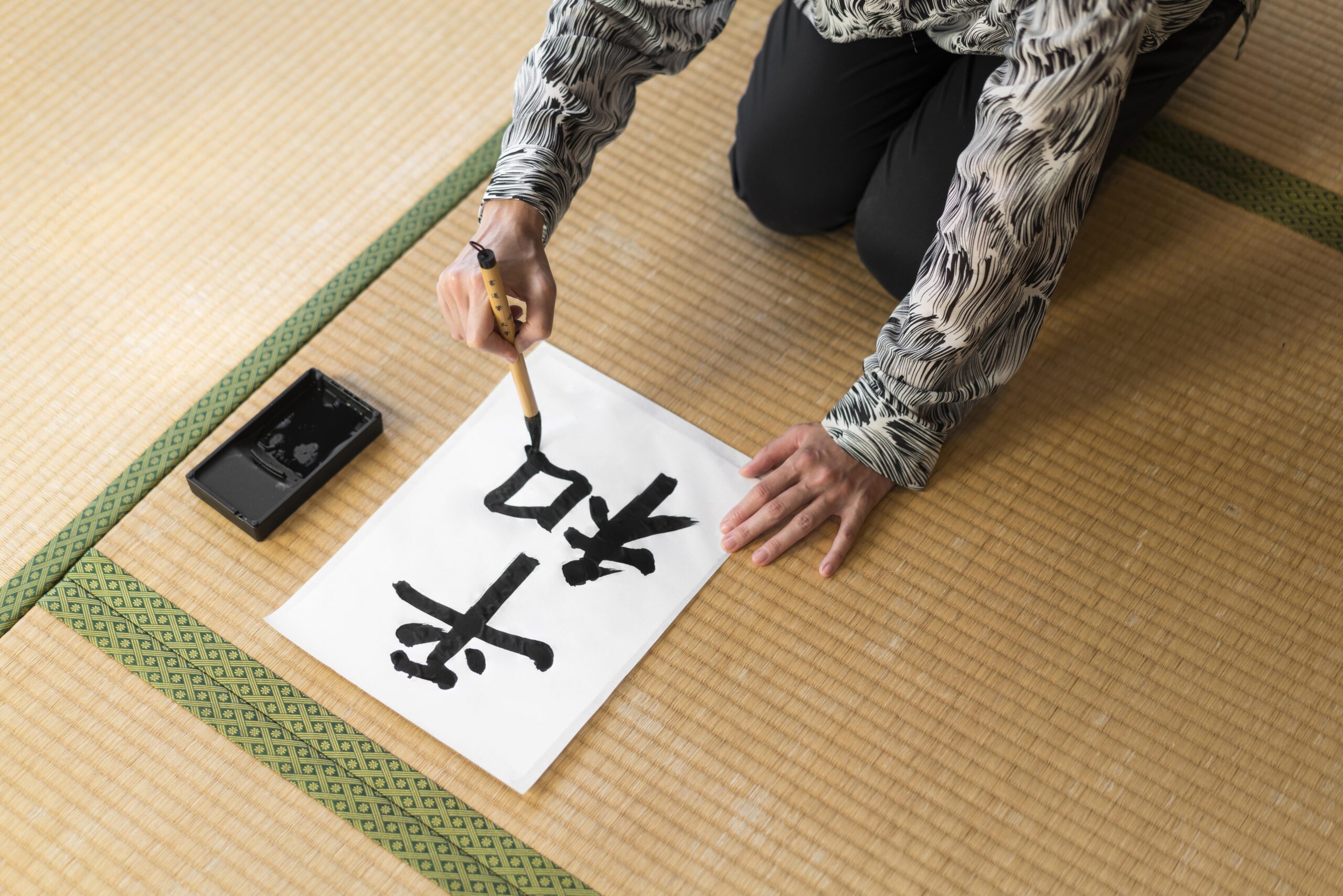Japanese Mounjaro Trick
In the ever-evolving world of health and wellness, there is a continuous pursuit of methods that promise safe, effective, and sustainable weight loss.
Over the past few years, an increasing number of people have shifted their focus from aggressive dieting and invasive procedures to more natural, holistic approaches. One such emerging trend that has captured the interest of health enthusiasts worldwide is the “Japanese Mounjaro Trick.”
The term might sound mysterious, even exotic, but it encapsulates a lifestyle philosophy deeply rooted in Japanese culture, combined with scientific insights around the body’s metabolic processes.
As more people around the globe battle obesity, diabetes, and other lifestyle-related diseases, the Japanese Mounjaro Trick offers a refreshing and practical approach.

What is the Japanese Mounjaro Trick?
Before delving into how the trick works, it’s important to clarify that the “Mounjaro” in this context refers not to the actual medication “Mounjaro” (tirzepatide) developed for diabetes management, but a natural philosophy inspired by Japan’s disciplined dietary habits, cultural rituals, and modern interpretations of metabolic science.
The term “trick” can be misleading if taken literally—what we’re talking about is not a hack, but rather a synthesis of natural strategies that mirror some of the pharmacological benefits seen in clinical trials of medications like Mounjaro.
The Cultural Backbone of the Mounjaro Trick
Japan has one of the lowest obesity rates in the developed world. Much of this can be attributed to traditional Japanese lifestyle practices:
- Portion Control: Known as “Hara Hachi Bu,” this Confucian teaching encourages eating until you’re 80% full. It’s a cornerstone of calorie moderation without deprivation.
- Balanced Nutrition: The Japanese diet emphasizes a variety of nutrient-rich foods including vegetables, fish, seaweed, and fermented products. Carbohydrates like rice are eaten in moderation and balanced with fiber and protein.
- Mindful Eating: Meals in Japan are often enjoyed in quiet, distraction-free environments. This promotes slower eating, better digestion, and a stronger mind-body connection.
- Daily Movement: Walking, biking, and light exercise are integral parts of daily life. Japan’s public transportation system and walkable cities promote an active lifestyle.
Scientific Parallels: Mimicking GLP-1 Activity Naturally
One of the fascinating aspects of the Japanese Mounjaro Trick is how it appears to mimic the action of GLP-1 (glucagon-like peptide-1), a hormone that regulates appetite and insulin secretion.
Drugs like Mounjaro work by stimulating GLP-1 and GIP (gastric inhibitory polypeptide) receptors to lower blood sugar and promote satiety.
Natural practices that can stimulate similar pathways include:
- High-Fiber Foods: Soluble fiber found in oats, legumes, and seaweed can slow gastric emptying and enhance satiety, thereby mimicking GLP-1 effects.
- Intermittent Fasting: A method embraced by many Japanese individuals, particularly in Okinawa. Fasting can enhance insulin sensitivity and may indirectly stimulate GLP-1 production.
- Fermented Foods: Natto, miso, and other fermented items support gut health, which is closely tied to metabolic hormone regulation.
- Cold Exposure: Bathing in cold water (misogi) is an old Shinto practice that can increase brown fat activity and improve glucose metabolism.
Key Components of the Japanese Mounjaro Trick
Morning Rituals
- Warm Lemon Water: Many Japanese begin their day with warm lemon water to stimulate digestion and detoxification.
- Gentle Stretching or Yoga: Activating the lymphatic system early in the morning helps in metabolic regulation.
Meal Structuring
- Start With Soup: Miso soup or a clear broth can help control appetite before consuming the main meal.
- Vegetable First Rule: Eating fibrous vegetables before carbohydrates blunts insulin spikes and enhances satiety.
Herbal Teas and Supplements
- Matcha Green Tea: Rich in catechins and caffeine, matcha promotes fat oxidation and provides a calm alertness.
- Kampo Herbs: Traditional Japanese medicine often includes herbs like berberine and ginseng, which have been shown to aid metabolism.
Timed Eating Windows
Adopting a 10:14 or 13:13 fasting/eating cycle is common. This improves insulin sensitivity and promotes fat burning.
Mindful Lifestyle Practices
- Forest Bathing (Shinrin Yoku): Regular exposure to nature reduces stress hormones and improves metabolic health.
- Minimalism and Stress Reduction: A clutter-free, low-stress lifestyle aids in hormonal balance, especially cortisol regulation.
Success Stories: Real People, Real Results
Thousands have already adopted this method with promising results. Many claim noticeable improvements in:
- Waist circumference
- Blood sugar levels
- Energy levels
- Digestive function
These outcomes align with the expected benefits of GLP-1 medications, but without the side effects or dependency.
The Role of Mitochondrial Health
Another interesting angle of the Japanese Mounjaro Trick is its emphasis on improving mitochondrial function. Mitochondria are the energy factories of our cells, and their efficiency dictates metabolic rate.
Practices such as:
- Time-Restricted Eating
- Consuming Omega-3 Rich Fish
- Low-Level Cold Exposure
- Nutrient Cycling (rotating high-carb and low-carb days)
can stimulate mitochondrial biogenesis, thereby improving energy utilization and fat loss.
Contrasting the Pharmaceutical Mounjaro vs. Natural Approach
| Feature | Mounjaro (Medication) | Japanese Mounjaro Trick |
| Method | Injectable drug | Lifestyle-based |
| Mechanism | GLP-1 & GIP activation | Natural GLP-1 mimicry |
| Side Effects | Nausea, constipation | Minimal to none |
| Sustainability | Medical supervision | Long-term, self-sustained |
| Cost | High | Low to moderate |
Precautions and Considerations
Though the Japanese Mounjaro Trick is natural and safe for most, it’s not a one-size-fits-all solution. Individuals with:
- Chronic illnesses
- Pregnancy
- Severe metabolic disorders
should consult with healthcare providers before making any major lifestyle changes. Additionally, results may vary based on genetic and environmental factors.

How to Start: A 7-Day Beginner Plan
Day 1: Begin with warm lemon water, have miso soup before lunch, and enjoy green tea in the afternoon.
Day 2: Walk for 30 minutes and avoid screen time during meals.
Day 3: Try a 13-hour eating window and focus on fermented foods.
Day 4: Do 10 minutes of morning stretching and consume omega-3-rich fish.
Day 5: Take a cold shower for 30 seconds and practice deep breathing.
Day 6: Eat vegetables before carbs and avoid processed sugar.
Day 7: Enjoy a nature walk and write down what you feel grateful for.
Conclusion: A Natural Blueprint for Metabolic Health
The Japanese Mounjaro Trick is not a magic bullet, but rather a structured and culturally enriched approach to better health. It brings together time-tested Japanese traditions, modern metabolic science, and sustainable wellness practices.
By incorporating these principles, individuals can not only achieve their weight goals but also enhance overall vitality and resilience. Whether you’re struggling with stubborn fat, insulin resistance, or just looking to optimize your energy levels, this method offers a low-risk and potentially transformative pathway.
References
- https://www.ncbi.nlm.nih.gov/pmc/articles/PMC7071323/
- https://pubmed.ncbi.nlm.nih.gov/27400630/
- https://www.healthline.com/nutrition/japanese-diet
- https://www.ncbi.nlm.nih.gov/pmc/articles/PMC4997434/
- https://www.ncbi.nlm.nih.gov/pmc/articles/PMC6520897/
- https://www.ncbi.nlm.nih.gov/pmc/articles/PMC6019055/
- https://www.frontiersin.org/articles/10.3389/fphys.2020.00682/full